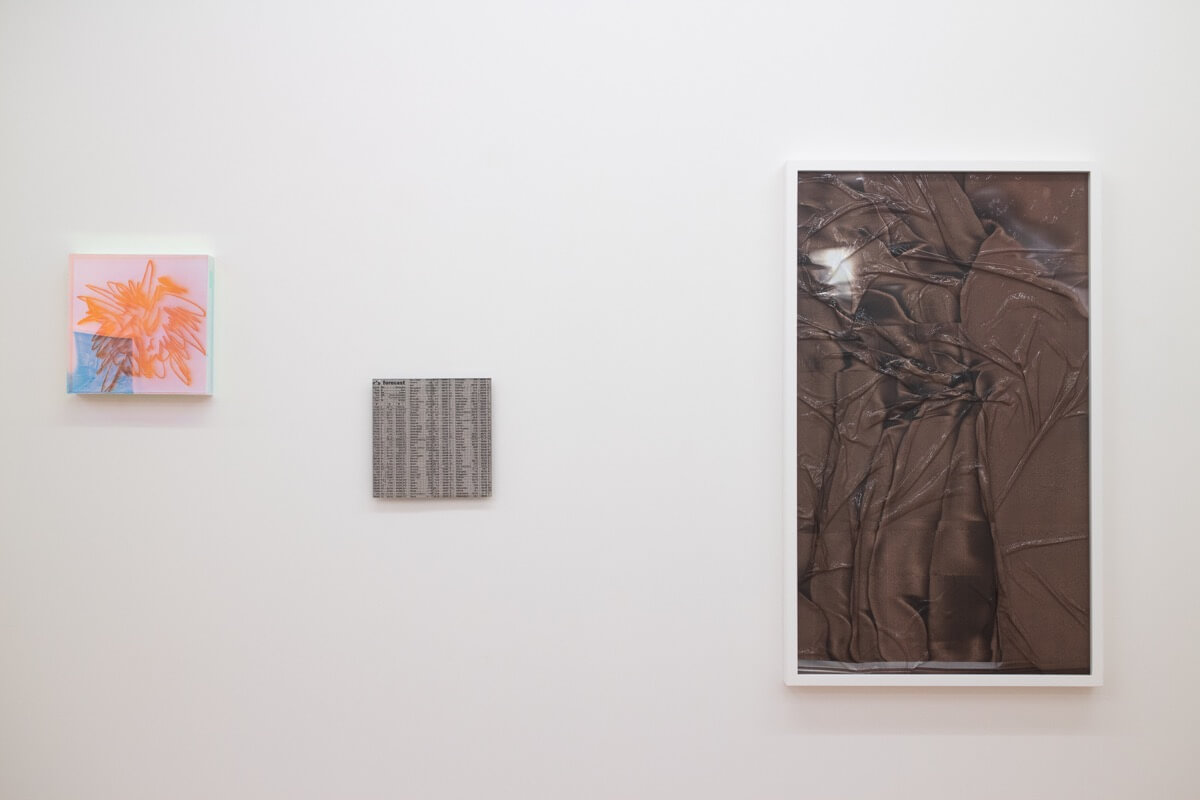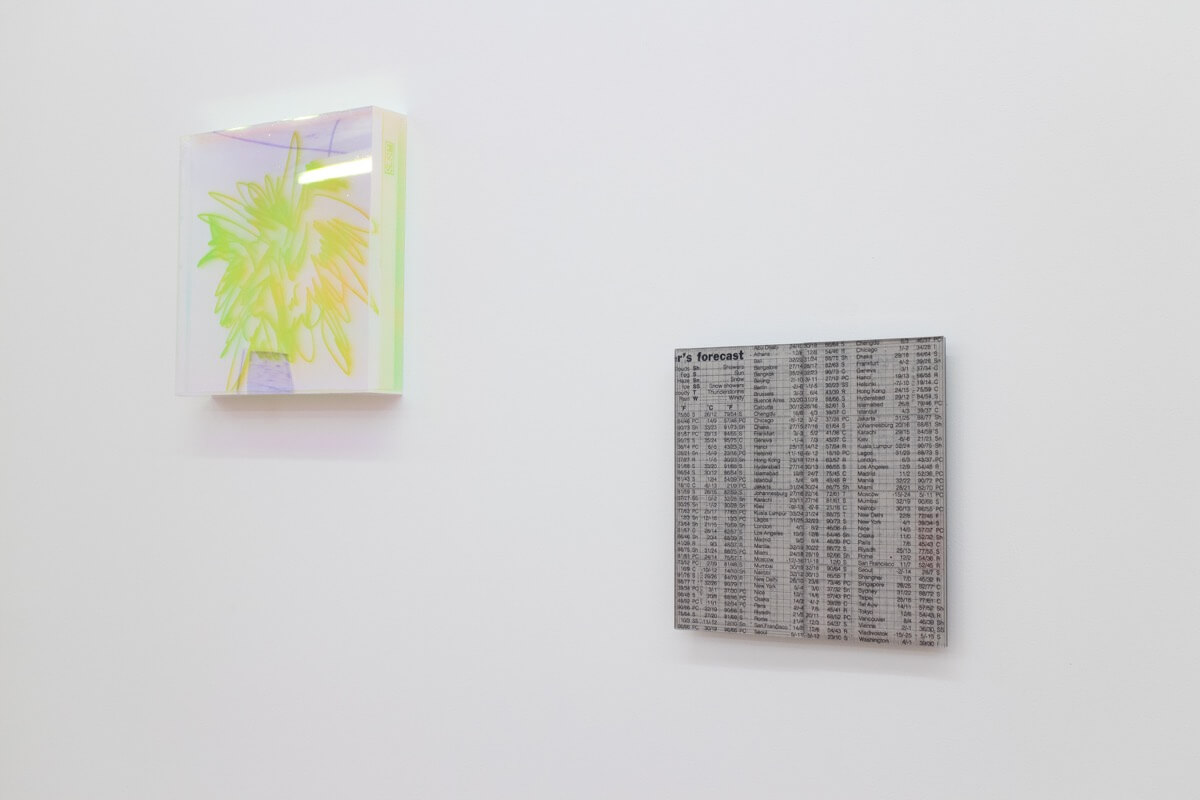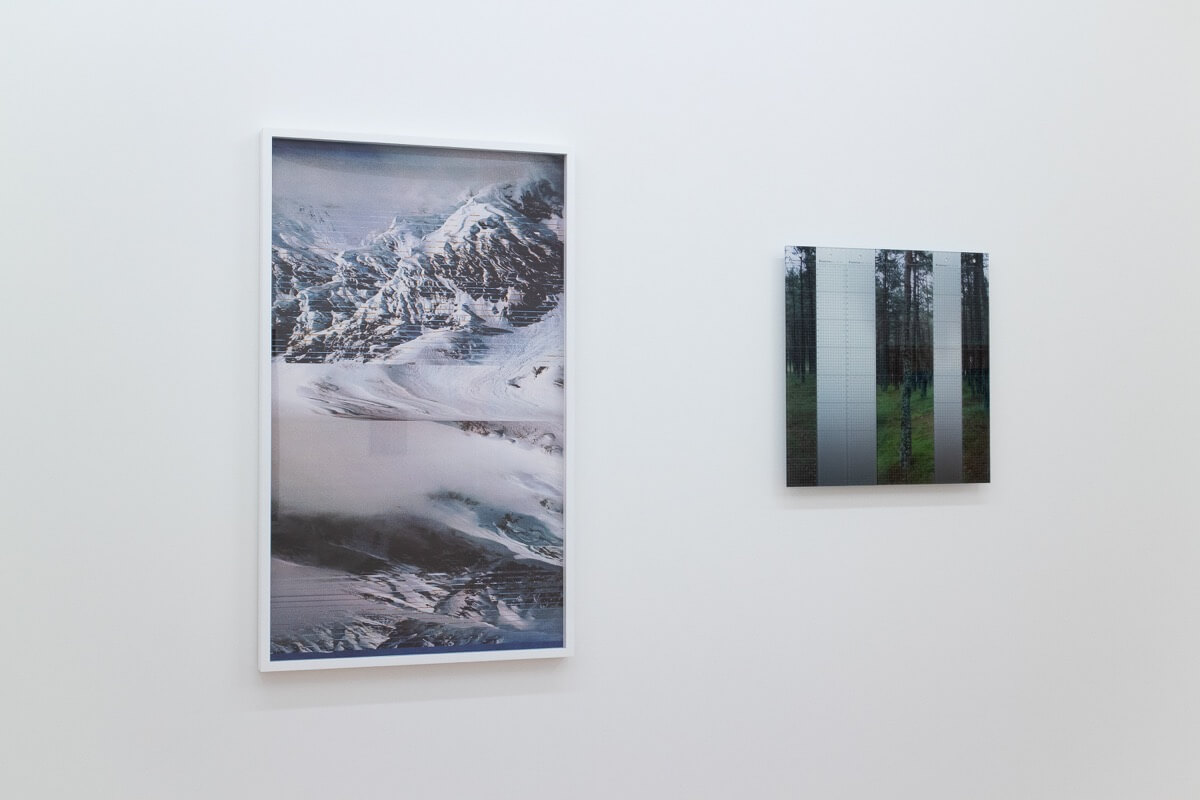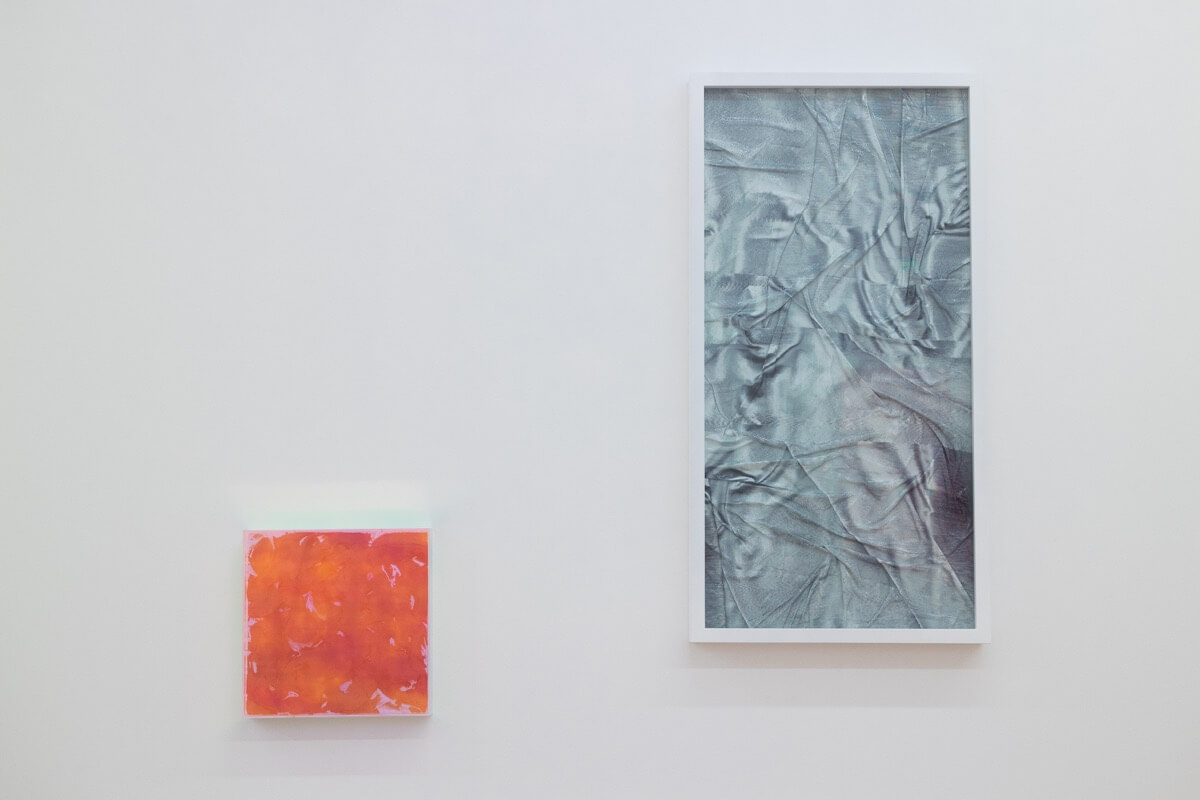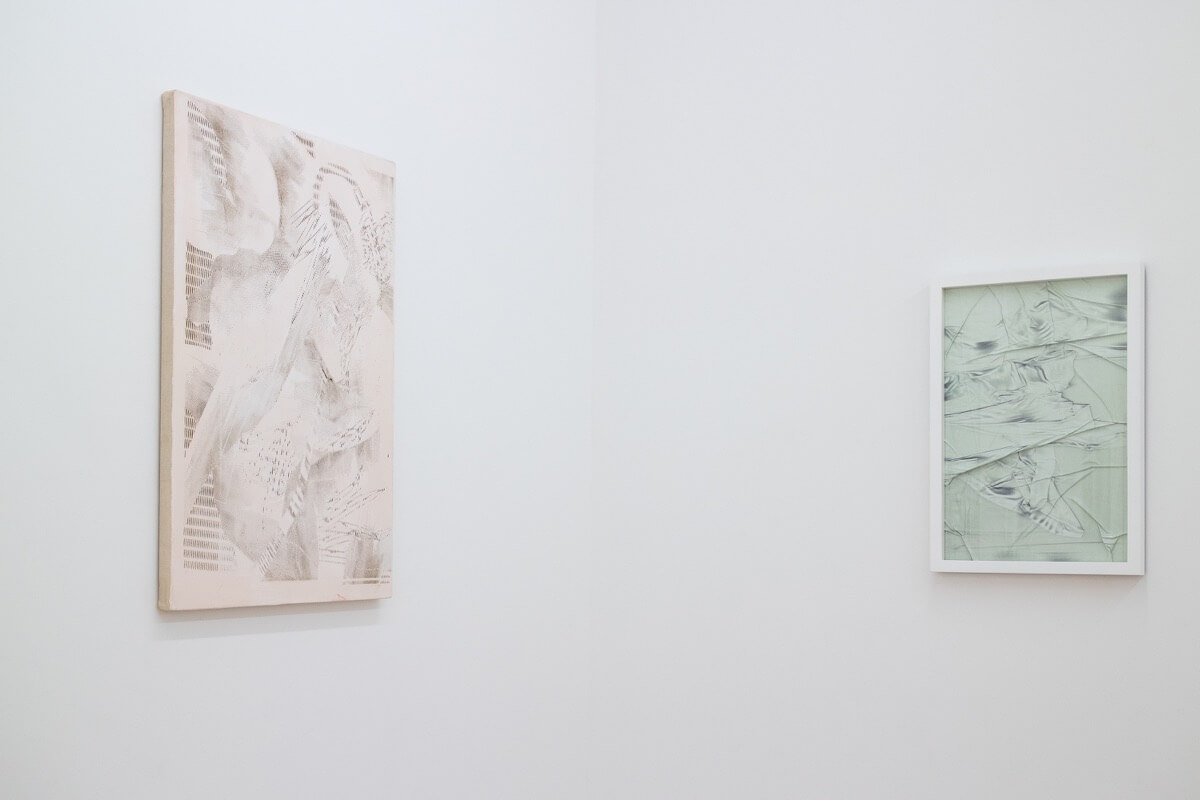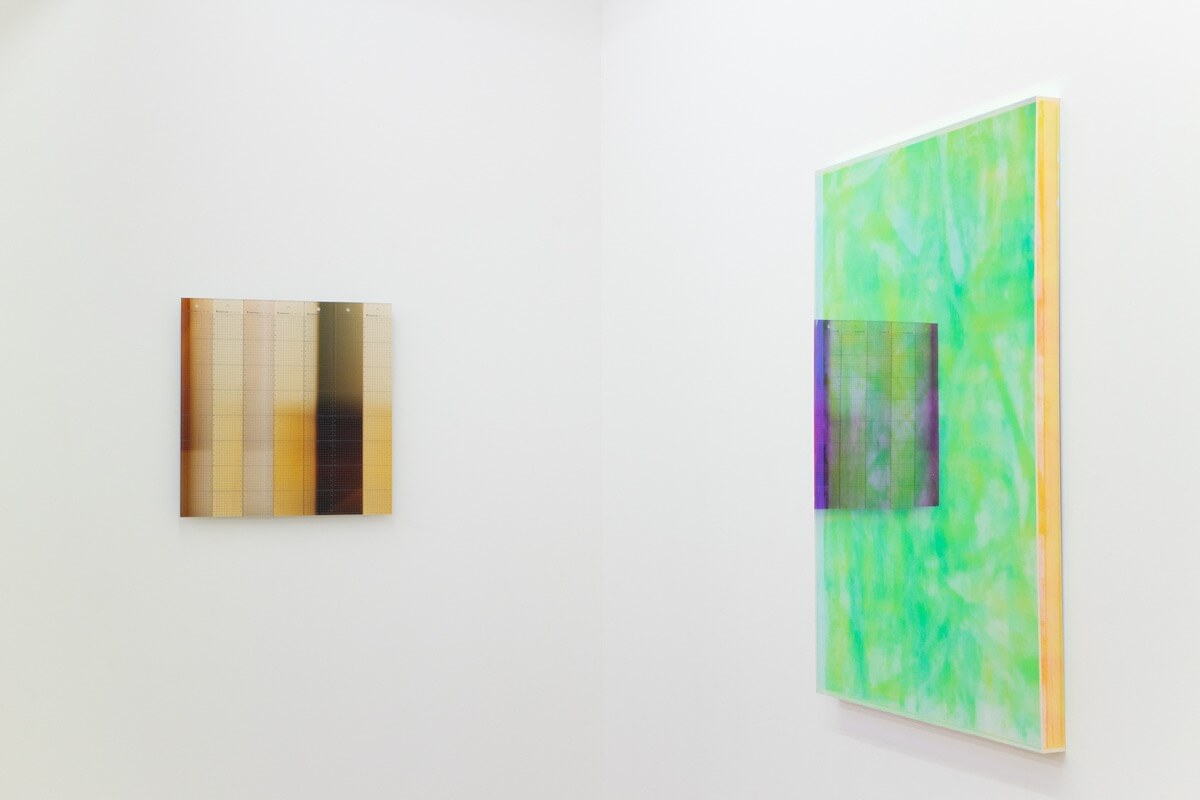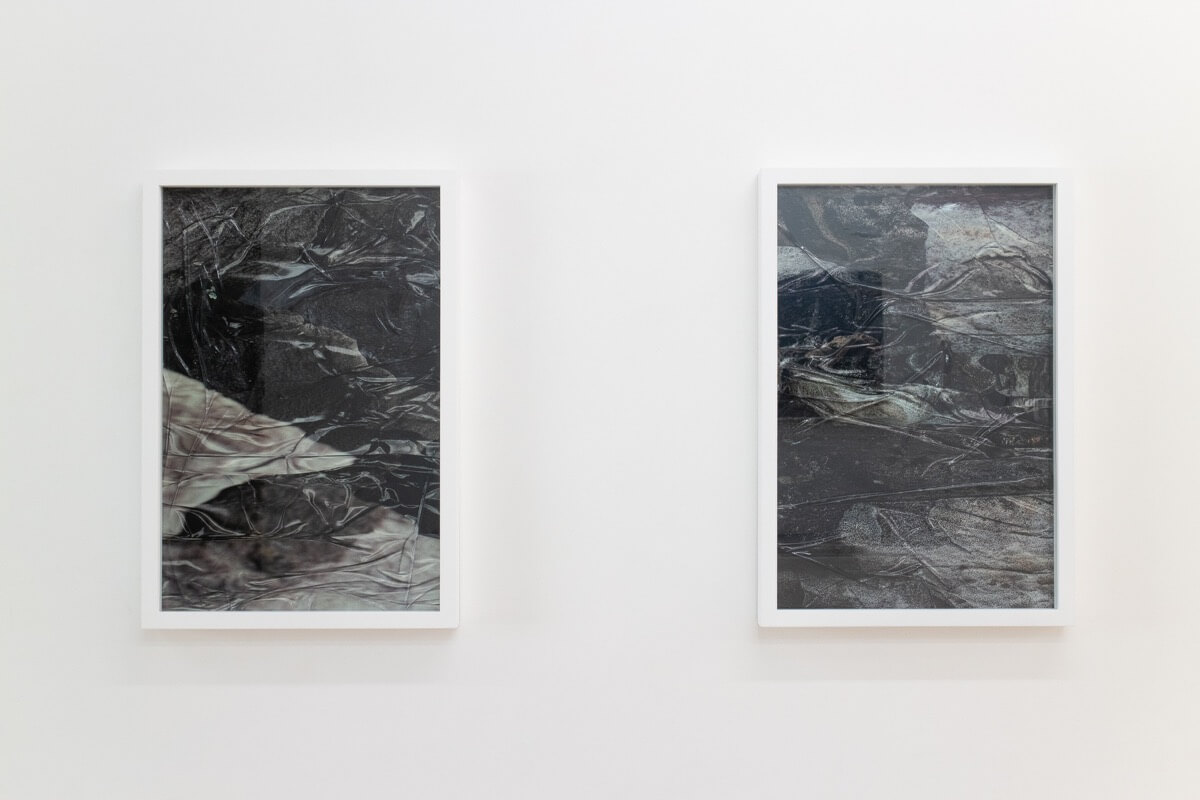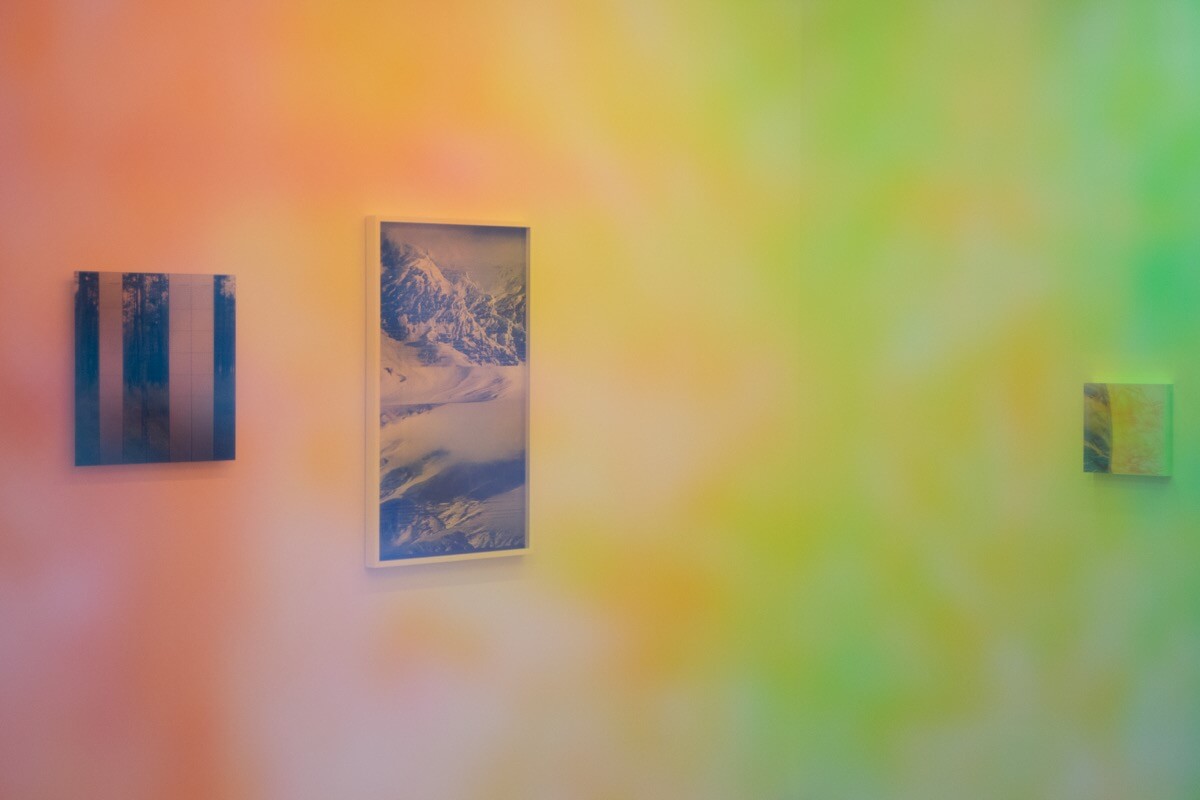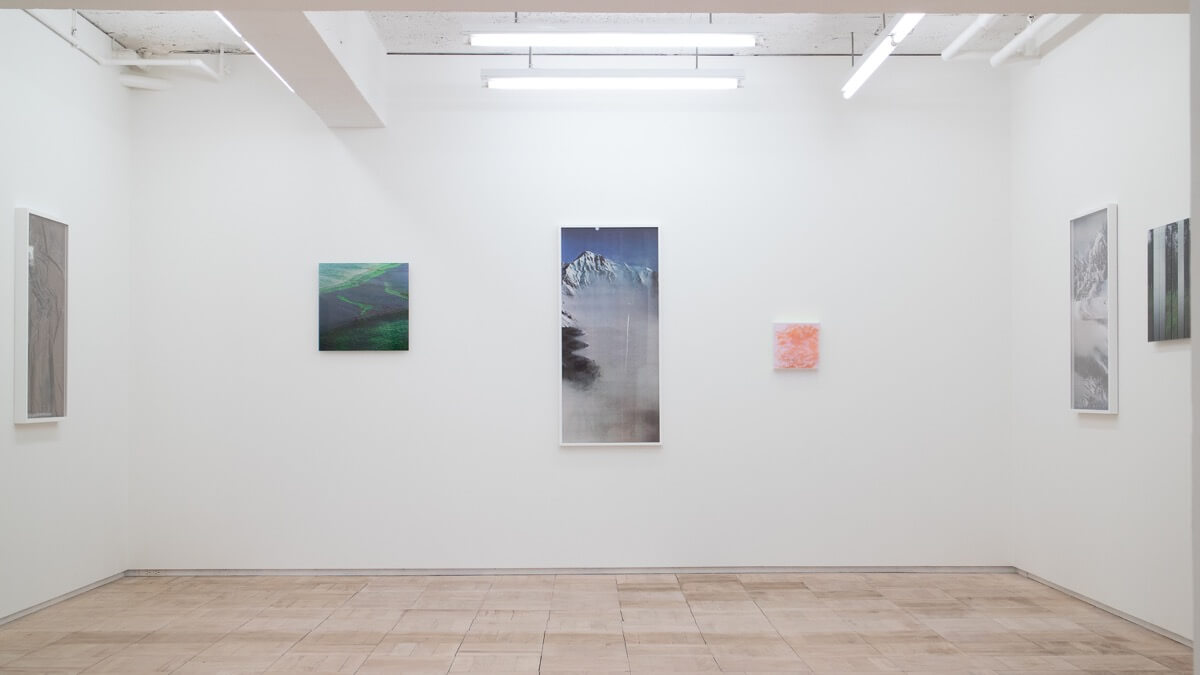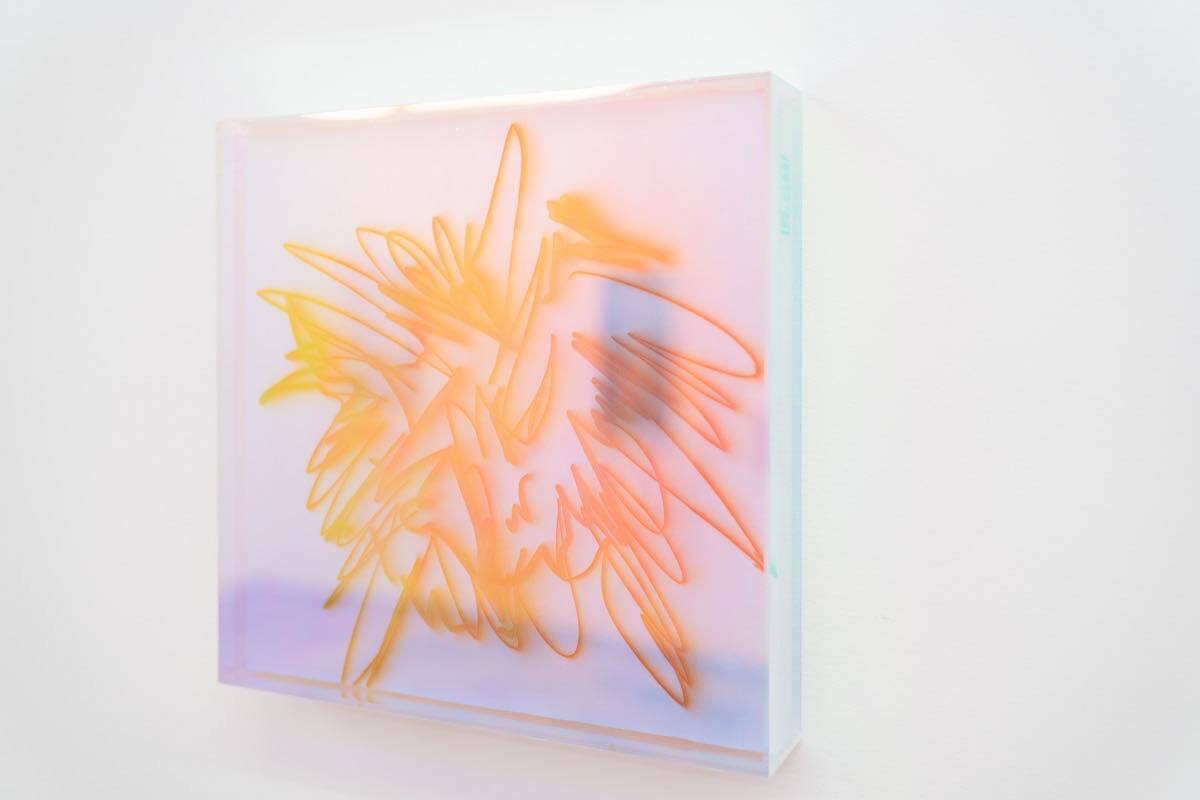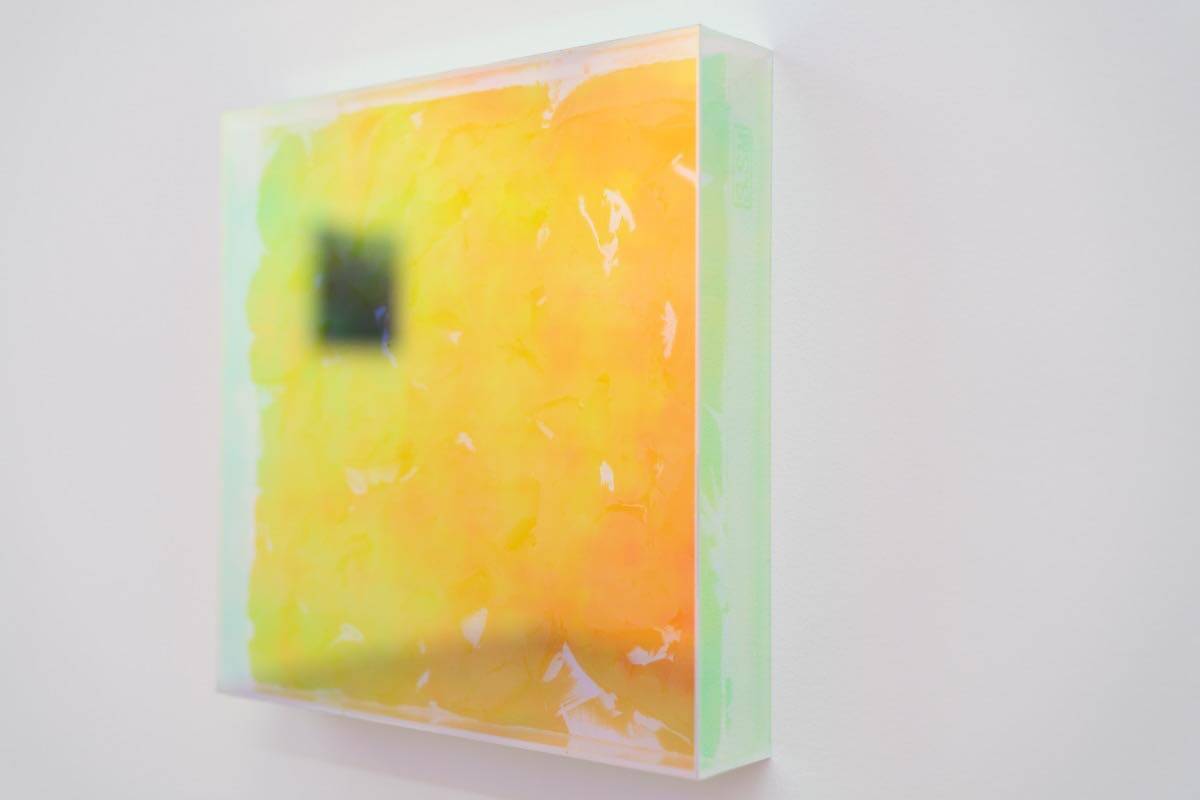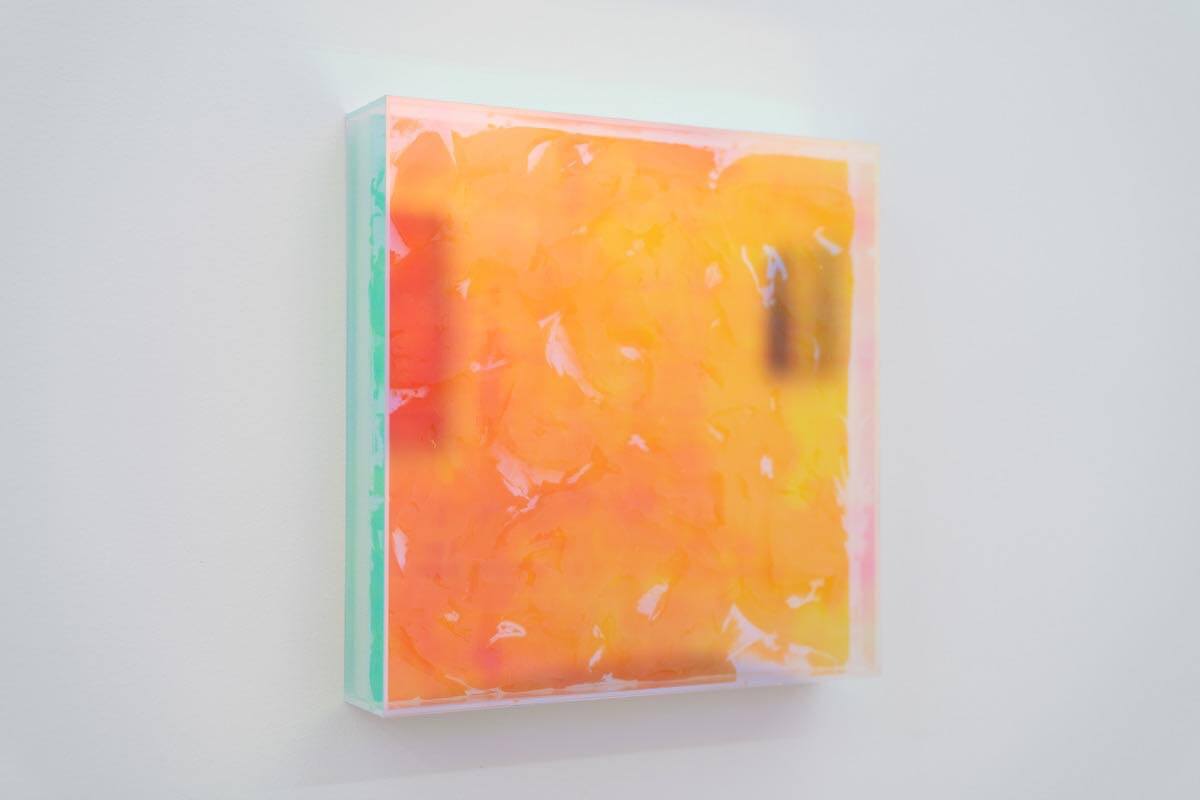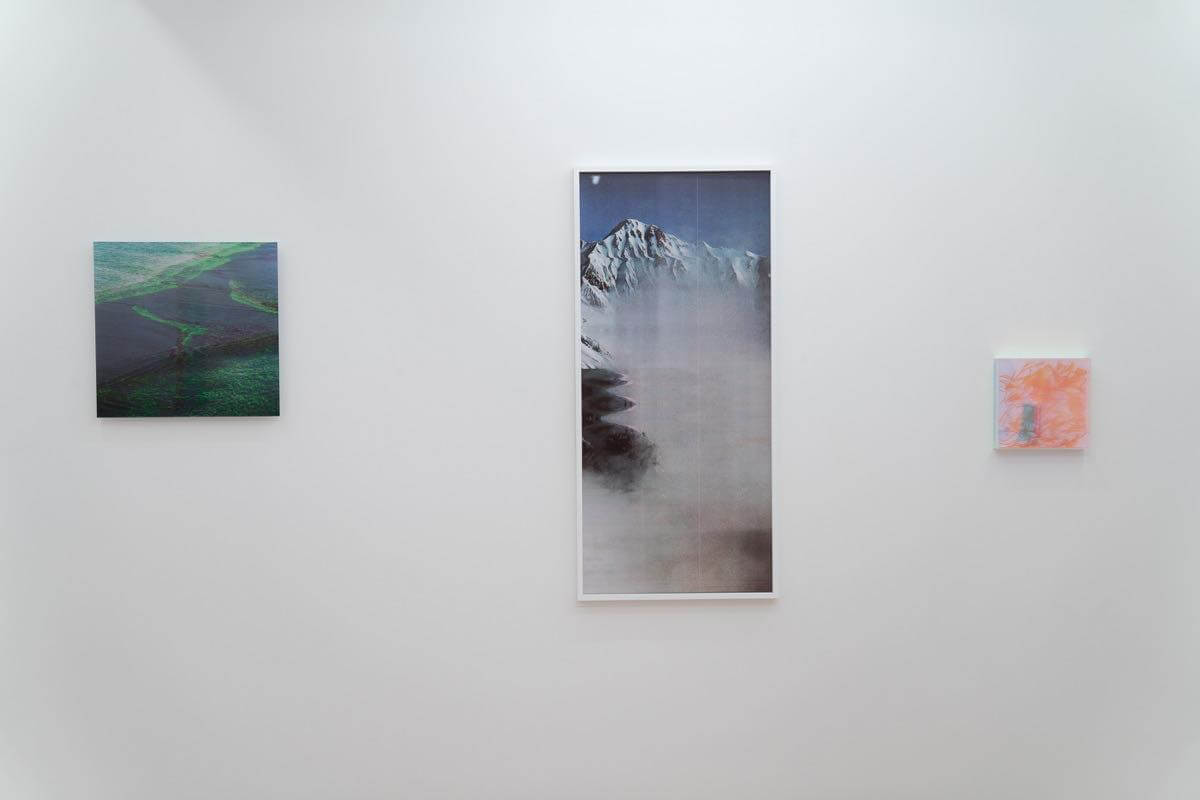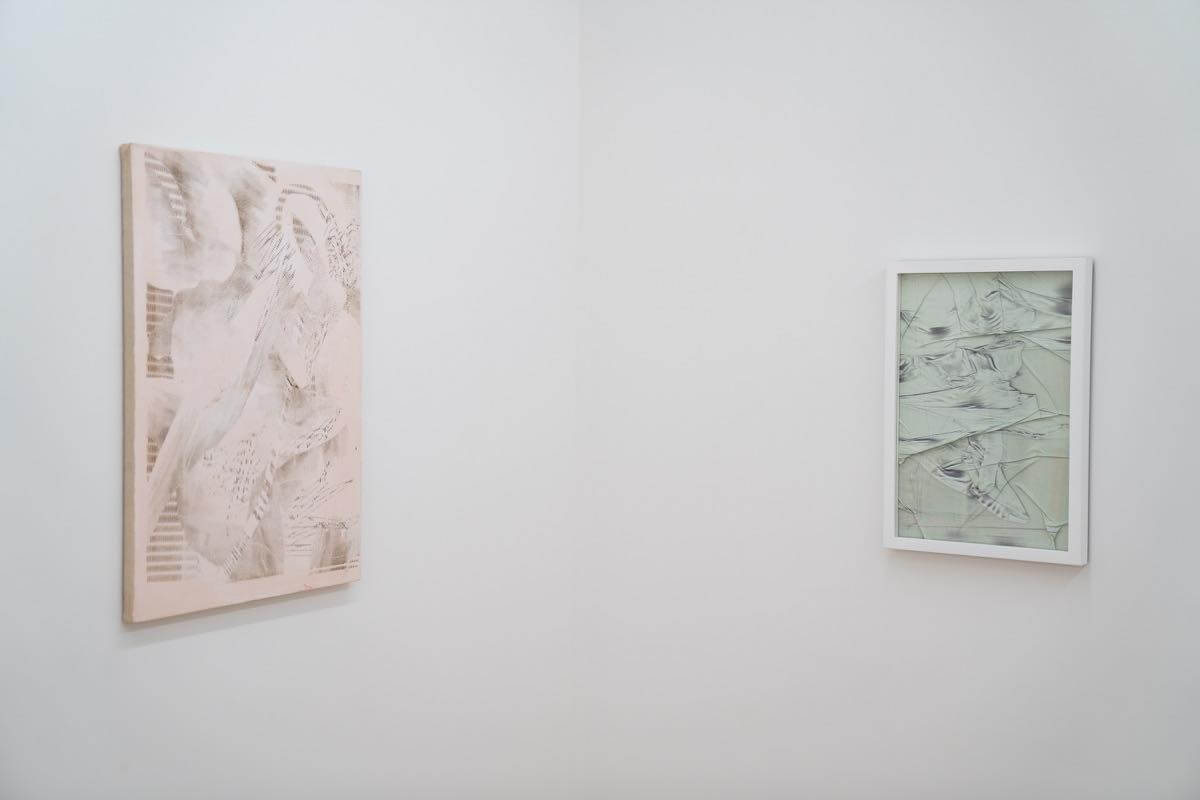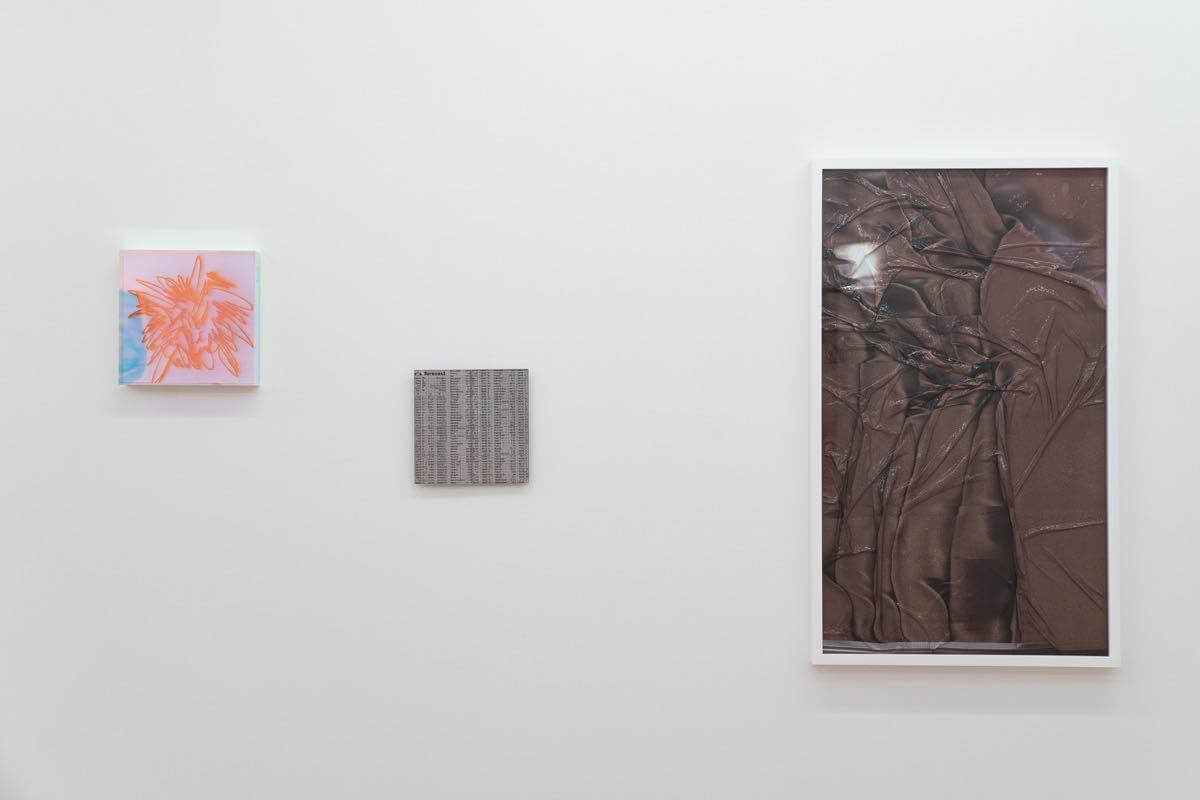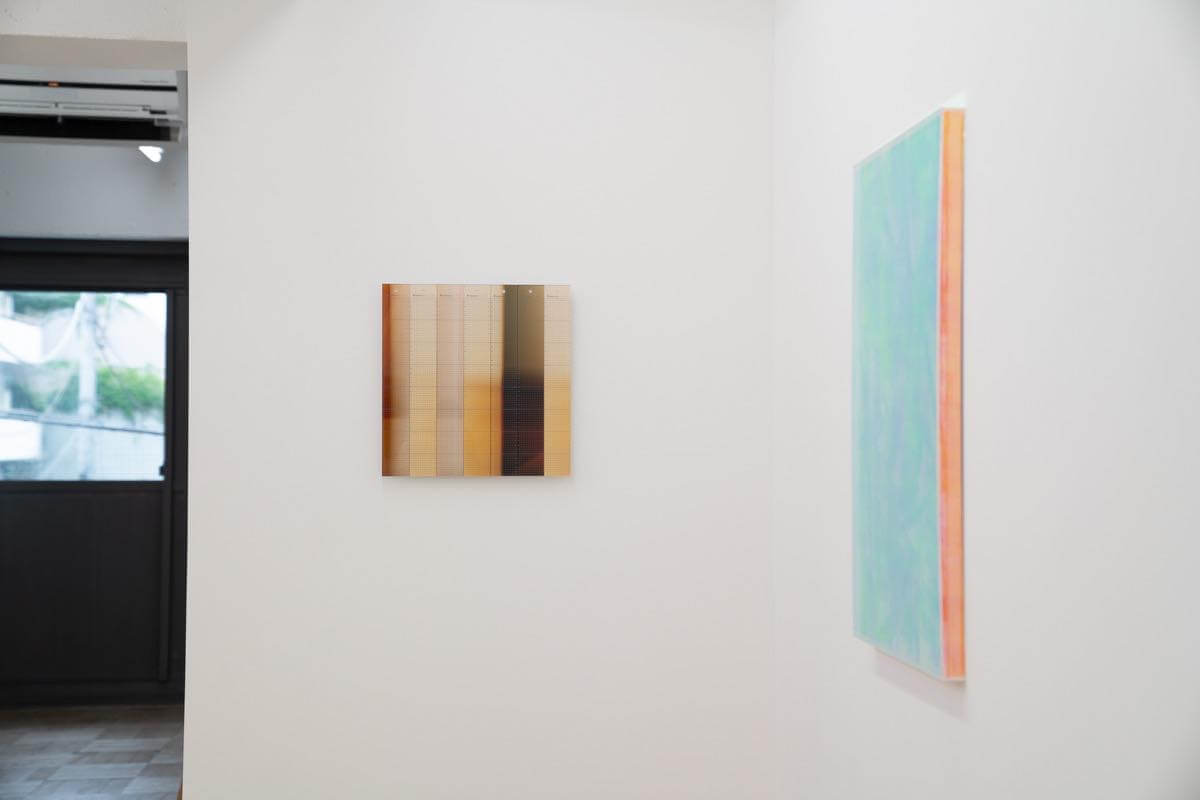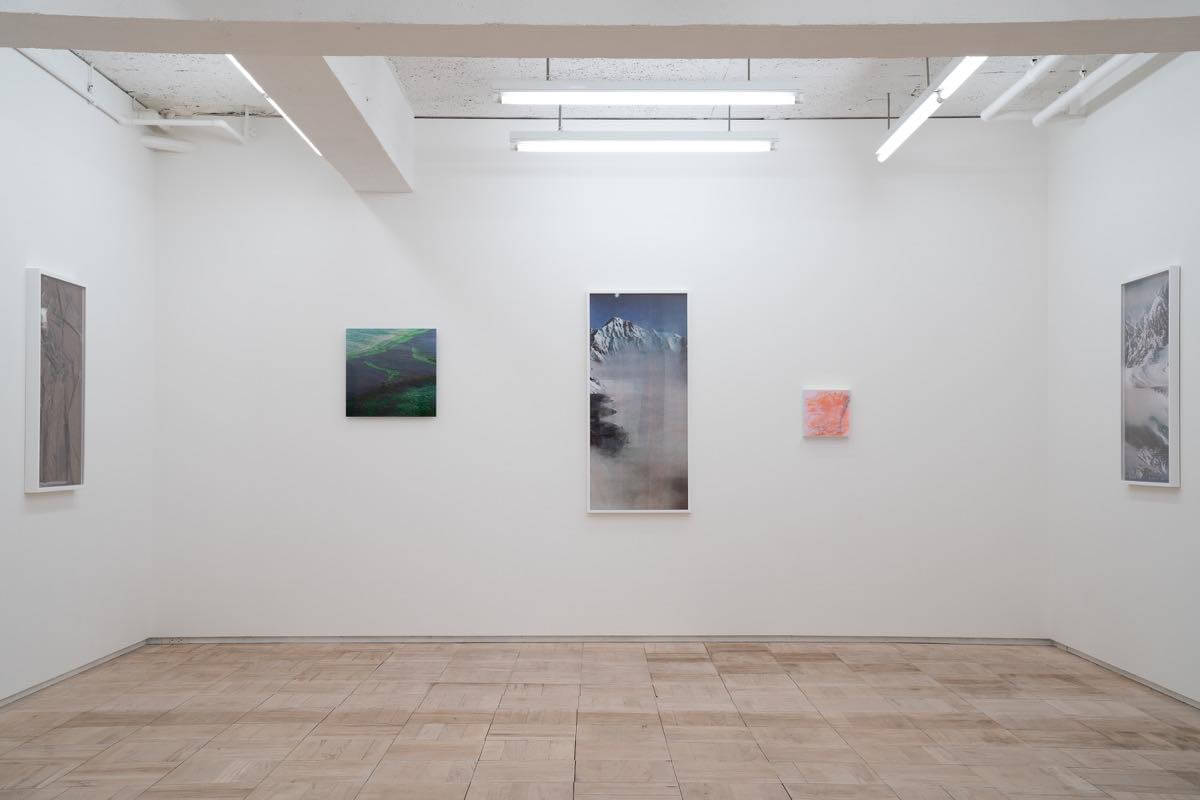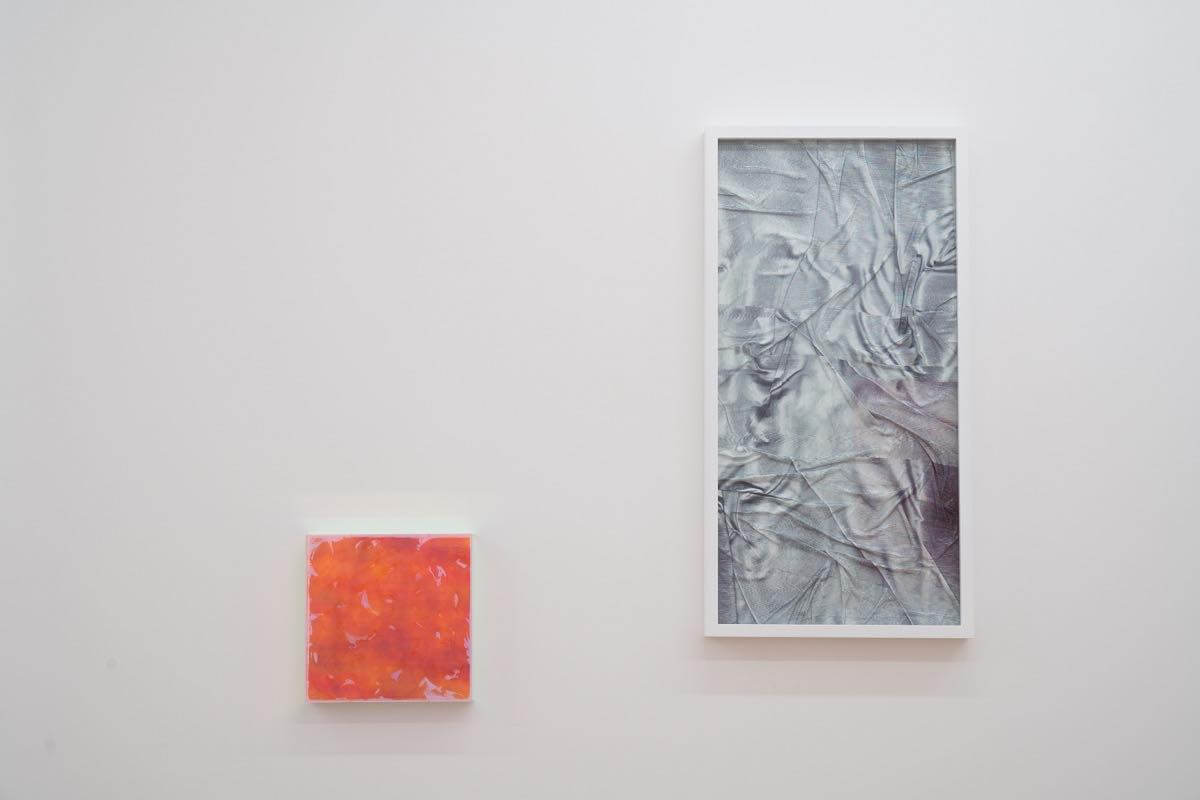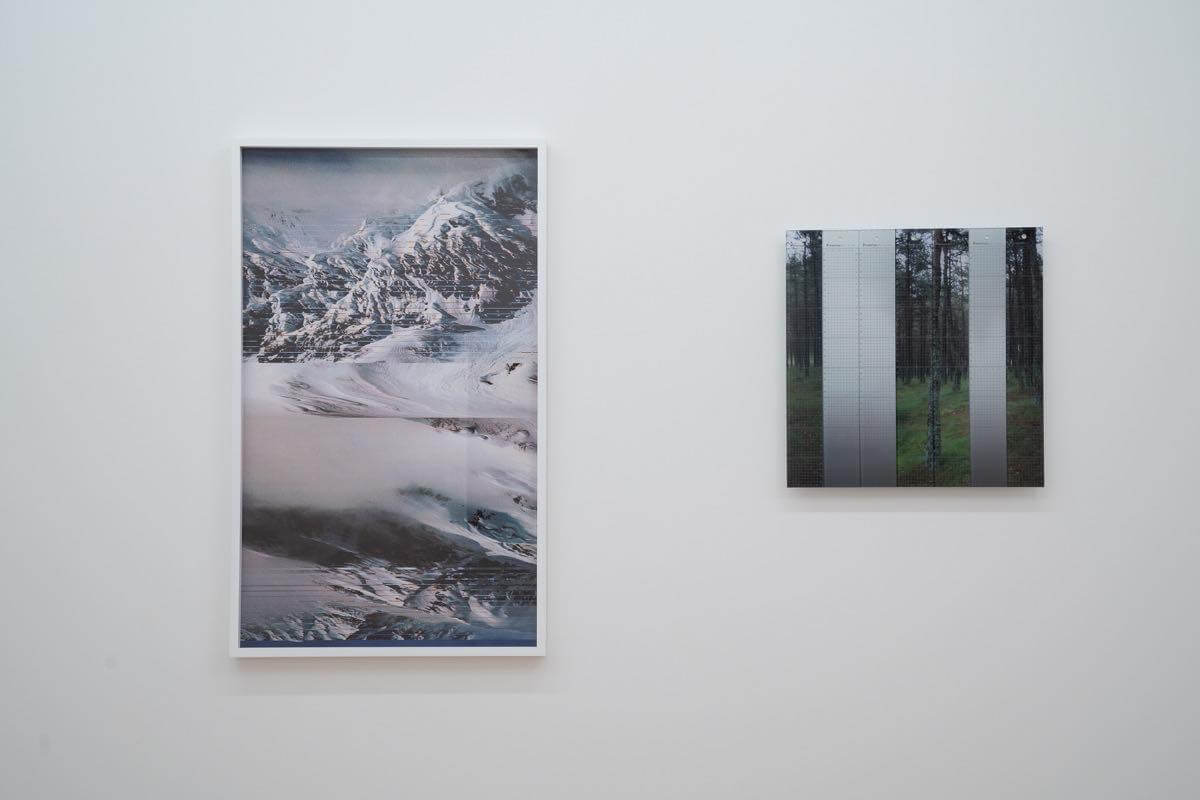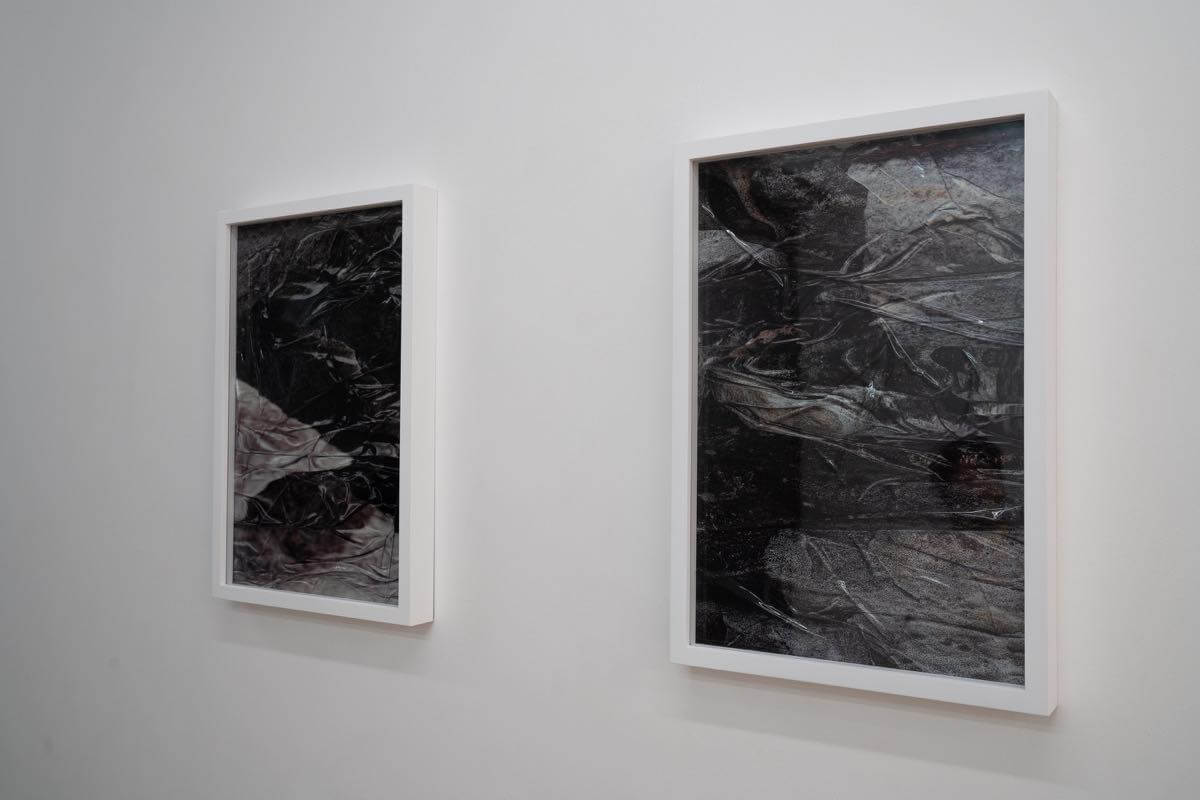AMB/媒質としてのアンビエント|AMBIENT AS A MEDIUM
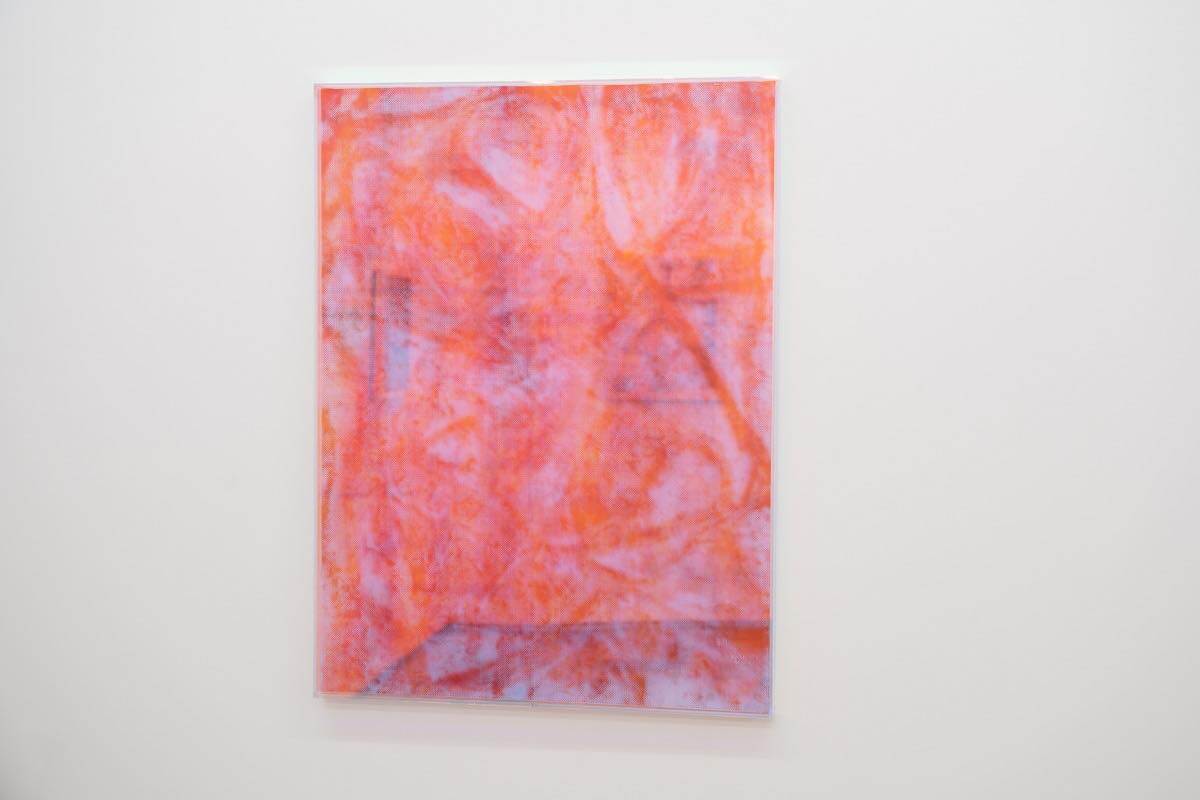
AMBIENT AS A MEDIUM
Satoshi OTSUKA+Hiroshi TAKIZAWA+Nori HATTORI
Jul.18-Aug.31,2019
AMB/媒質としてのアンビエント
2019年7月18日(木)—8月31日(土)
大塚聡+滝沢広+ノリ服部
スプラウト・キュレーション
東京都新宿区西五軒町5-1/3階 Tel.03-3268-8700
地下鉄東西線[神楽坂駅]1b出口から徒歩6分
地下鉄有楽町線[江戸川橋駅]4番出口から徒歩7分
—
〈開廊〉水–土曜:13時–19時/日曜:13時–17時
〈休廊〉月・火・祝祭日(8/11−16夏季休業)
開催協力:rin art association
『求められているのは、(…)ハーマンが媒質mediumと呼ぶような、対象同士がはからずも相互作用するような次元や空間である。つながらないモノたちをつなぐ媒質、というよりは魔術的な糊glueのような働きをハーマンは考えており(…)あらゆる対象に空虚があるなら、あらゆる空虚にはある世界、少なくともモノたちの性質が交差するエーテルや媒質が広がっている』
上野俊哉ーグレアム・ハーマン『非唯物論』訳者解説より
アンビエント・ミュージックは1970年台後半にブライアン・イーノが提唱し、ドローンといわれるグラディエントな音階を持つ音楽の一形態として認識されて以来、KLFやエイフェックス・ツインなどマイルストーンとなる担い手を経ながら約40年、またイーノ自身がその「祖」と名指しするエリック・サティの『家具の音楽』(1920)から数えれば、まさに100年後の現在もアートフォームミュージックの世界で拡張を続けています。その過程でアンビエントは形容詞でありながら名詞のように振る舞い、「環境音楽」から「概念」へと少しずつ意味合いを変えながら、ジャンルや形式というより、むしろジャンルや形式の余剰領域として、その存在意義を確かなモノにしつつあります。
そして音楽に限らず同時代のアートにもやはり、アンビエントに呼応するかのような表現が少なくありません。本展はそうしたアンビエントな側面を持つ3人のアーティスト、大塚聡、滝沢広、ノリ服部によるグループ展です。彼らの作品は背景とモチーフ、あるいは地と図という伝統的な画面構成とは無縁で、複数のレイヤーと、シークエンスやアンデュレーション、そして偶発的なデジタル・エラーなど、抑制の効いたノイズが時折緊張感を与えるという点で、平面作品でありながらイメージによって醸されるムードは極めて音楽的で、アンビエント・ミュージックと共通する要素を多く供えています。
音楽とビジュアルアート。アプローチの差こそあれ、なぜかれらはこのようなアンビエントな作品を志向するのでしょう? それは文頭の引用のような、目に見えない何かしらの「媒質」の存在に、アーティストたちが薄々気づいているからではないでしょうか。そしてそれを改めて「アンビエント」として見立てること。それが本展のテーマとするところです。
また音楽的要素としてhair stylisticsに本展のためのオリジナル音源の製作を委嘱し、多次元的なインスタレーションを計画しています。
AMB/ Ambient as a Medium
Planner’s statement/ Yoshikazu Shiga (Sprout Curation)
“…what is needed is a dimension or a space that facilitates random interactions amongst objects, (…) such as what Harman calls as a medium. According to Harman, it is not a medium that bridges unrelated things, but rather something that behaves like a magical glue (…) . If the void exists in all sorts of object, then a world, or at least ether or medium mediating nature of things should be spread in every single void.”
—frominterpreter’s note of Graham Harman,Immaterialism, translated by Toshiya Ueno (2019)
Proposed in the late 1970’s by Brian Eno, ambient music has never stopped its expansion in the world of art form music since its recognition as a form of drone music—a genre of music with the gradient scales. With occasional emergence of milestone-figures such as The KLF and Aphex Twin, its journey counts up to approximately 40 years, if not 100 years by counting inFurniture music(1920) composed by Eric Satie, whom Eno himself regards as its “forefather”. In the process, “ambient” has become more than an adjective and found itself also as a noun, gradually evolving from a signifier of the genre into a single concept. It is consolidating its significance slowly but surely, not really as a genre or format but rather as their extra territory.
Expressions made as if to react to ambient exist not only in the field of music but also in the field of visual art of the same time period. This exhibition showcases three artists embodying such aspect of ambient: Satoshi Ohtsuka, Hiroshi Takizawa, and NoriHattori. Their works have many elements common to ambient music; they are nonchalant to the traditional pictorial compositions such as still life and the background, or figures on the ground—instead, noises under an effective control such as layers, sequences, undulations and random digital errors accentuate the works with an occasional tension, by which their images bring about a mood significantly similar to that of music, despite the works being two dimensional.
Music and art—why do they direct themselves towards ambient works, notwithstanding the differences between their approaches? The reason is perhaps the artists’ slight realization of the existence of the invisible “medium”—something similar to what was mentioned in the reference in the beginning. The exhibition is intension is to capture and reiterate it as “ambient”.
*During the exhibition time, there will be a multi-dimensional installation, with original soundtracks created solely for this exhibition by Hair Stylistics (a.k.a. Masaya Nakahara).

